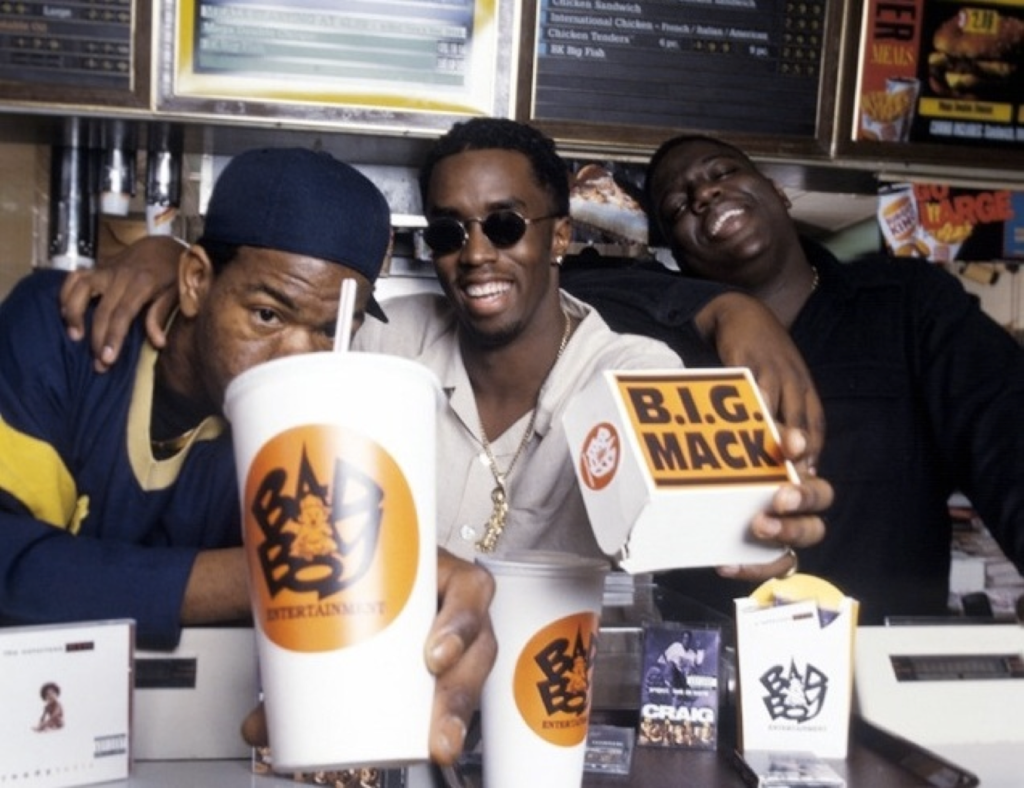
Former New York rapper Craig Mack, best known for his 90s smash hit single “Flava In Ya Ear,” passed away at age 46, in March of 2018. Initially, according to his producer, Mack passed away from heart failure at a hospital near his Walterboro, S.C. home.
“God bless my friend. He was a good friend of mine,” said Alvin Toney, who produced Mack’s debut album “Project: Funk Da World” and his “Get Down Remix.”
“Nobody got to understand his story,” Toney told the NY Daily News. “I wanted the world to know the talent he had. It was something I wanted people to enjoy, but it was cut short because he was very religious and wanted to go to church.”
Tony said Mack told him during his visit that he had been ill for some time and knew he wouldn’t live long.
“He was prepared for whatever comes, to go home to the Lord,” Toney said. “He was prepared to do that. He wasn’t scared. He was ready.”
What Reports Now Say He Really Died From
According to a report Rolling Stone published last month, Mack’s death certificate says that he passed away following a battle with HIV/AIDS. His first wife, Roxanne Alexis Hill-Johnson, his daughter Amanda Mack, and his younger brother Andrew Mack opened up about the “Flava In Ya Ear” rapper’s life from his peak at Bad Boy Records to his final days on his deathbed.
“I’ve truly, honestly never seen a human being in that condition before,” Andrew Mack said. “He was catatonic.”
“I believe he was very much in denial, but that’s him living his truth to the end,” he continued. “I know that sounds really crazy, but you have to know him to understand that. As much as that bothers me, I understand why he did what he did. He lived his truth.”
Andrew Mack and Hill-Johnson think the New York native learned of his diagnosis before he left his hometown in 2007. He took his two children and traveled to South Carolina where he joined the Overcomer Ministry. By 2014, Mack had already shown signs of his failing health after he lost a drastic amount of weight and was frequently sick. He originally told people he had congestive heart failure. He was hospitalized once and took medication, but he didn’t seek out any further medical treatment.
He May Not Have Been Truthful Because of the Stigma in the Black Community
HIV stigma is negative attitudes and beliefs about people with HIV. It is the prejudice that comes with labeling an individual as part of a group that is believed to be socially unacceptable.
HIV Stigma in the Black community can take two forms: perceived or enacted. Perceived (or felt) stigma occurs when there is a real or imagined fear of societal attitudes regarding a particular condition and a concern that this could result in acts of discrimination directed to individuals with that condition. Enacted (or actual) stigma, in turn, refers to experiences of discrimination directed to individuals because of specific attributes or conditions that characterize them.
HIV-related stigma is closely associated with a number of negative consequences, including being labeled and stereotyped, experiencing separation from others, experiencing a loss in social status and being the recipient of actual discrimination and prejudice.3 Individuals living with HIV can be the target of such experiences from loved ones, such as family members and friends, as well as from coworkers, health care providers, employers, and others.2,4 Governmental public policies can also contribute to the stigmatization of HIV.
For a community disproportionately affected by HIV, African Americans also have the additional burden of dealing with the negative effects associated with the stigma of HIV. HIV-positive African American women have been found to report a fear of societal stigma related to HIV from a variety of sources, including family members, fellow church congregants, health care professionals and the broader community. Similarly, older female African American caregivers of HIV-positive people have reported not widely disclosing the HIV diagnosis of their loved ones because of the anticipation of HIV-related stigma. According to the National Institutes of Health, African Americans, in fact, are more likely to state that there is a lot of discrimination against people living with HIV in the United States today compared to Latinos and whites.
What He Said Before He Died
In a video posted by TMZ, legendary rapper and producer Erick Sermon of EPMD fame says: “Craig Mack called us about six months ago and told us that he was real sick and that he might be dying soon, so he called all his friends that he went to school with.”
He adds: “We kind of knew what was going on. He only had 25 percent of his heart that he was using and when you would talk to him on the phone he would kind of daze off for 10 minutes at a time to catch his breath sometimes and then he would come back to the phone, so this is not a surprise to us, we knew he was dying.”
This may be the cause of why people commented on his darker, blue-ish skin color before his death.
Gray, blue or purple skin is a sign of blood vessel blockage. Any of the blood vessels that carry oxygen-rich blood from the heart to the rest of the body – arteries, capillaries and veins – can become blocked and prevent adequate oxygen from reaching the blood. The lack of oxygen results in gray, purple or blue-colored skin, usually in the fingers or toes. Circulatory issues like blockages may be a sign of heart disease. Without treatment, they can cause permanent tissue damage or death.
How He Started His Rap Career
As a boy, Mack dreamed of making it big like LL Cool J and Run DMC, according to a New York Times profile of Mack. He began penning his own lyrics at age 12.
With the help of Sean “Diddy” Combs that dream came true.
The Bad Boy Entertainment founder met the aspiring artist at the Manhattan club Mecca and promised to sign him if he could freestyle to Mary J. Blige. Mack did not disappoint.
Soon, Mack’s star-studded hit, “Flava In Ya Ear,” was born. The song went on to earn a Grammy nomination for best rap solo but lost to Queen Latifah’s “Latifah’s Had it Up 2 Here.”
A remix to the song featured other hip-hop all-stars, Notorious B.I.G., LL Cool J and Busta Rhymes.

“This is my life here,” Diddy said, gesturing to Mack and Biggie Smalls during an 1992 interview with MTV Raps. “We all need each other to live and breathe. That’s the way we treat each other.”
Mack departed the label in 1995, hoping to strike out on his own, but the iron didn’t strike twice and he never was a hot as the first hit.
He released “Operation: Get Down,” in 1997 under the Volcano Entertainment label, but it failed to produce a hit single.
Mack appeared in the music video for Diddy’s 2002 hit “I Need a Girl Part 1,” but he was missing when Diddy reunited his Bad Boy crew for the 2015 BET Awards.
It was the first public appearance people have seen of Mack in awhile after he left the label to pursue his Christian faith at a South Carolina church. Some say that he became a pastor. Others rumors swirled around that he had been brainwashed into a troubling church.
In a rare 2012 interview, an interviewer inquired about what Mack was doing now.
“What did you used to do,” the interviewer asked.
“Wickedness,” Mack said.
“And what are you doing now?”
“Righteousness,” Mack replied.
Mack wasn’t the only one suffering from heart disease.
Black Americans are at greater risk for cardiovascular disease and stroke than White Americans.
Black women (49%) and Black men (44%) have higher rates of heart disease than White men (37%) and White women (32%).
Between the ages of 45 and 64, Black men have a 70% higher risk and Black women have a 50% greater risk of developing heart failure than White men and women.
Mack is survived by his wife and two children, both adults.








